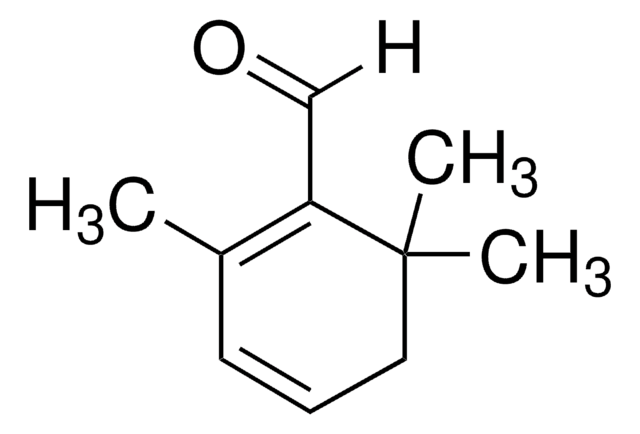8.02540
Bezwodny chlorek kobaltu(II)
for synthesis
Synonim(y):
Cobalt(II) chloride anhydrous, Cobalt dichloride
About This Item
Polecane produkty
klasa czystości
anhydrous
Poziom jakości
Formularz
powder
siła działania
418 mg/kg LD50, oral (Rat)
mp
735 °C
rozpuszczalność
soluble 585.9 g/L
gęstość
3.36 g/cm3 at 25 °C
temp. przechowywania
2-30°C
ciąg SMILES
[Co+2].[Cl-].[Cl-]
InChI
1S/2ClH.Co/h2*1H;/q;;+2/p-2
Klucz InChI
GVPFVAHMJGGAJG-UHFFFAOYSA-L
Zastosowanie
CoCl2 może być stosowany jako katalizator:
- Do dealkilacji amin trzeciorzędowych.
- W syntezie tioketonów i tioaldehydów poprzez tionowanie związków karbonylowych w obecności siarczku bis(trimetylosililu).
- Utlenianie aldehydów aromatycznych i alifatycznych do kwasów karboksylowych w obecności tlenu cząsteczkowego i bezwodnika octowego.
- W stereoselektywnym otwieraniu epoksydów za pomocą N-podstawionych anilin.
CoCl2może być również stosowany jako
- Prekursor do syntezy magnetycznych nanoprętów kobaltowych poprzez rozkład kompleksu koordynacyjnego kobaltu.
- Katalizator do otrzymywania bezwodników kwasowych w reakcji chlorków kwasowych z kwasami karboksylowymi.
- Odczynnik w reakcjach tworzenia wiązań węgiel-węgiel z udziałem aktywnych związków metylenowych.
Komentarz do analizy
Water (K. F.): ≤ 2.0 %
Hasło ostrzegawcze
Danger
Zwroty wskazujące rodzaj zagrożenia
Zwroty wskazujące środki ostrożności
Klasyfikacja zagrożeń
Acute Tox. 4 Oral - Aquatic Acute 1 - Aquatic Chronic 1 - Carc. 1B Inhalation - Eye Dam. 1 - Muta. 2 - Repr. 1B - Resp. Sens. 1 - Skin Sens. 1
Kod klasy składowania
6.1D - Non-combustible, acute toxic Cat.3 / toxic hazardous materials or hazardous materials causing chronic effects
Klasa zagrożenia wodnego (WGK)
WGK 3
Temperatura zapłonu (°F)
Not applicable
Temperatura zapłonu (°C)
Not applicable
Wykazy regulacyjne
Wykazy regulacyjne dotyczą głównie produktów chemicznych. Można w nich podawać ograniczoną liczbę informacji na temat produktów niechemicznych. Brak wpisu oznacza, że żaden ze składników nie znajduje się w wykazie. Użytkownik odpowiada za zagwarantowanie bezpiecznego i zgodnego z prawem stosowania produktu.
EU REACH SVHC Candidate List
EU REACH Annex XVII (Restriction List)
Certyfikaty analizy (CoA)
Poszukaj Certyfikaty analizy (CoA), wpisując numer partii/serii produktów. Numery serii i partii można znaleźć na etykiecie produktu po słowach „seria” lub „partia”.
Masz już ten produkt?
Dokumenty związane z niedawno zakupionymi produktami zostały zamieszczone w Bibliotece dokumentów.
Klienci oglądali również te produkty
Nasz zespół naukowców ma doświadczenie we wszystkich obszarach badań, w tym w naukach przyrodniczych, materiałoznawstwie, syntezie chemicznej, chromatografii, analityce i wielu innych dziedzinach.
Skontaktuj się z zespołem ds. pomocy technicznej













